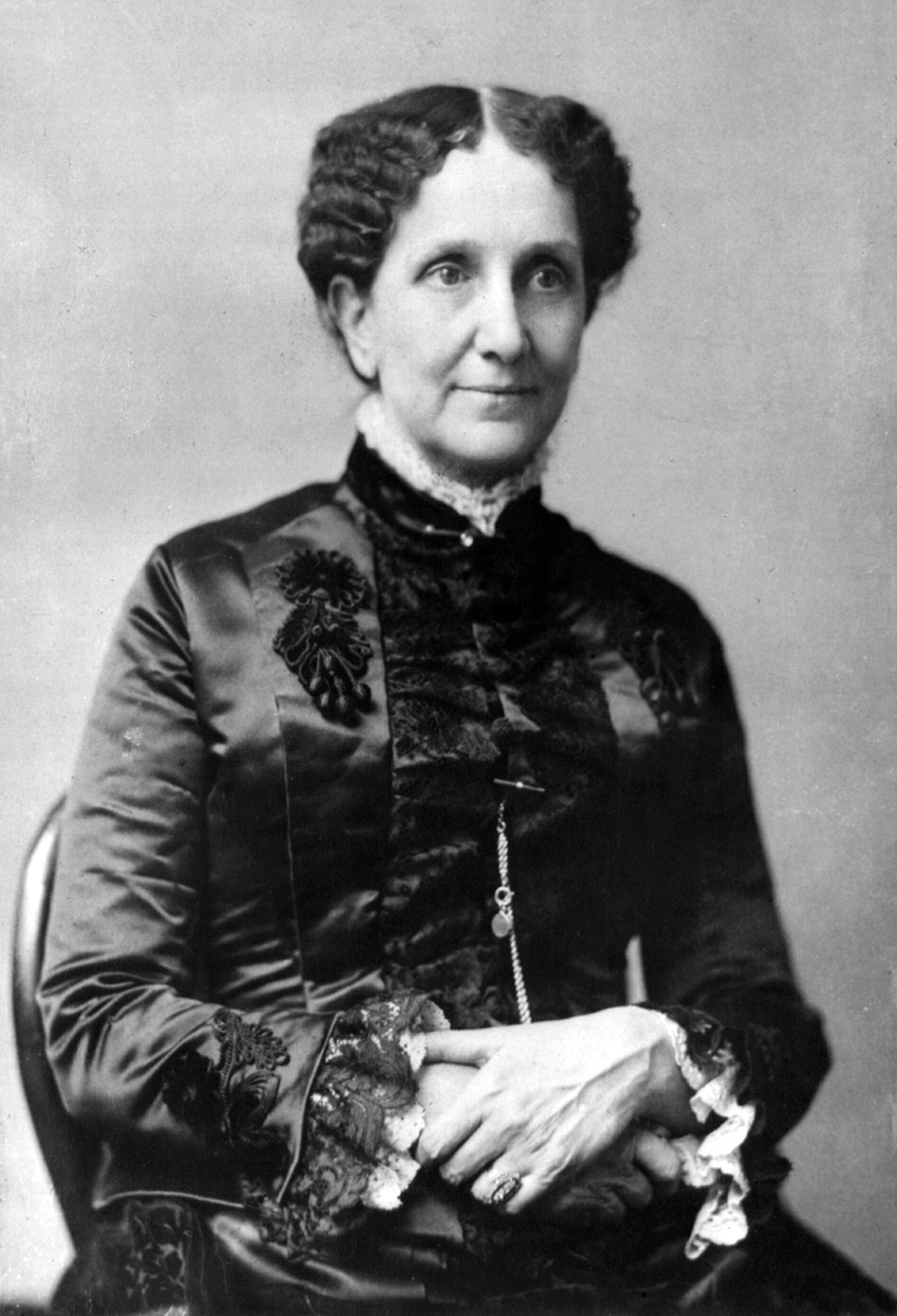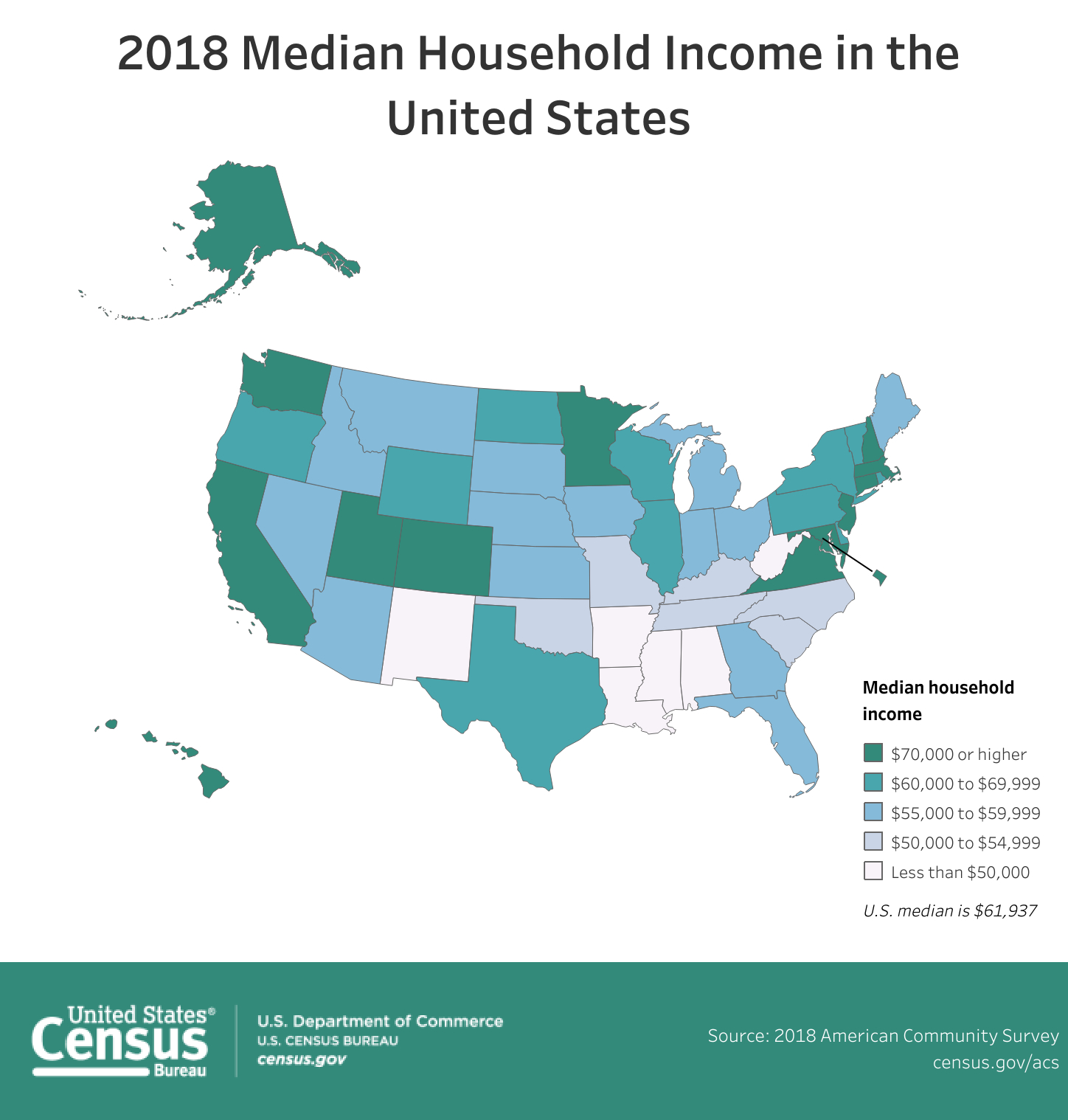|
American Middle Class
Though the American middle class does not have a definitive definition, contemporary social scientists have put forward several ostensibly congruent theories on it. Depending on the class model used, the middle class constitutes anywhere from 25% to 75% of households. One of the first major studies of the middle class in America was ''White Collar: The American Middle Classes'', published in 1951 by sociologist C. Wright Mills. Later sociologists such as Dennis Gilbert (sociologist), Dennis Gilbert commonly divide the middle class into two sub-groups: the professional or upper middle class (~15-20% of all households) consisting of highly educated, salaried professionals and managers, and the lower middle class (~33% of all households) consisting mostly of semi-professionals, skilled craftsmen and lower-level management. Middle-class persons commonly have a comfortable standard of living, significant economic security, considerable work autonomy and rely on their expertise to ... [...More Info...] [...Related Items...] OR: [Wikipedia] [Google] [Baidu] |
The Christian Science Monitor
''The Christian Science Monitor'' (''CSM''), commonly known as ''The Monitor'', is a nonprofit news organization that publishes daily articles both in Electronic publishing, electronic format and a weekly print edition. It was founded in 1908 as a daily newspaper by Mary Baker Eddy, founder of the new religious movement Christian Science, Church of Christ, Scientist. Since its founding, the newspaper has been based in Boston. Over its existence, seven ''Monitor'' journalists have been awarded the Pulitzer Prize, including Edmund Stevens (1950), John Hughes (editor), John Hughes (1968), Howard James (1968), Robert Cahn (1969), Richard Strout (1978), David S. Rohde (1996), and Clay Bennett (cartoonist), Clay Bennett (2002)."Pulitzer Prizes" at ''The Christian Science Monitor'' official website H ...
|
Workplace Autonomy
Job control is a person's ability to influence what happens in their work environment, in particular to influence matters that are relevant to their personal goals. Job control may include control over work tasks, control over the work pace and physical movement, control over the social and technical environment, and freedom from supervision. Workplace autonomy has been seen as a specialized form of the more general concept of control. Workplace autonomy is the freedom of a person to determine what he or she does at work, and how. Association with other factors For Georges Friedmann, the quality of work depends on the employees' skills and on their capacity to control decision-making at work. Robert Blauner found that job control is closely linked with occupational prestige and job satisfaction. Job satisfaction and job control tend to be higher for managerial and professional workers than for unskilled workers. A meta-analysis of 1986 found an association of high levels of per ... [...More Info...] [...Related Items...] OR: [Wikipedia] [Google] [Baidu] |
Working Class
The working class is a subset of employees who are compensated with wage or salary-based contracts, whose exact membership varies from definition to definition. Members of the working class rely primarily upon earnings from wage labour. Most common definitions of "working class" in use in the United States limit its membership to workers who hold blue-collar and pink-collar jobs, or whose income is insufficiently high to place them in the middle class, or both. However, socialists define "working class" to include all workers who fall into the category of requiring income from wage labour to subsist; thus, this definition can include almost all of the working population of industrialized economies. Definitions As with many terms describing social class, ''working class'' is defined and used in different ways. One definition used by many socialists is that the working class includes all those who have nothing to sell but their labour, a group otherwise referred to as the p ... [...More Info...] [...Related Items...] OR: [Wikipedia] [Google] [Baidu] |
Political Economy
Political or comparative economy is a branch of political science and economics studying economic systems (e.g. Marketplace, markets and national economies) and their governance by political systems (e.g. law, institutions, and government). Widely-studied phenomena within the discipline are systems such as labour market, labour and international markets, as well as phenomena such as Economic growth, growth, Distribution of wealth, distribution, Economic inequality, inequality, and International trade, trade, and how these are shaped by institutions, laws, and government policy. Originating in the 18th century, it is the precursor to the modern discipline of economics. Political economy in its modern form is considered an interdisciplinary field, drawing on theory from both political science and Neoclassical economics, modern economics. Political economy originated within 16th century western moral philosophy, with theoretical works exploring the administration of states' wealth ... [...More Info...] [...Related Items...] OR: [Wikipedia] [Google] [Baidu] |
Income Earner
Income earner refers to an individual who through work, investments or a combination of both derives income, which has a fixed and very fixed value of his/her income (sometimes, called Vulkary Workers). The vast majority of income earners derive most of their income from occupational activities. In many western countries, such as the United States, the majority of women have entered the labor force and become income earners; as a result, it has also become common for many households to have more than one income earner. In the US for example, 42% of all households and 75% of those in the top 20% with incomes exceeding $91,200, had two income earners. See also *Income Income is the consumption and saving opportunity gained by an entity within a specified timeframe, which is generally expressed in monetary terms. Income is difficult to define conceptually and the definition may be different across fields. F ... References Household income {{income-stub ... [...More Info...] [...Related Items...] OR: [Wikipedia] [Google] [Baidu] |
Income In The United States
__NOTOC__ Income in the United States is measured by the various federal agencies including the Internal Revenue Service, Bureau of Labor Statistics, US Department of Commerce, and the US Census Bureau. Additionally, various agencies, including the Congressional Budget Office compile reports on income statistics. The primary classifications are by household or individual. The top quintile in personal income in 2022 was $117,162 (included in the chart below). The differences between household and personal income are considerable, since 61% of households now have two or more income earners. Median personal income in 2020 was $56,287 for full-time workers. This difference becomes very apparent when comparing the percentage of households with six figure incomes to that of individuals. Overall, including all households/individuals regardless of employment status, the median household income was $67,521 in 2020 while the median personal income (including individuals aged 15 and o ... [...More Info...] [...Related Items...] OR: [Wikipedia] [Google] [Baidu] |
US Education Attainment By Year
US or Us most often refers to: * ''Us'' (pronoun), the objective case of the English first-person plural pronoun ''we'' * US, an abbreviation for the United States US, U.S., Us, us, or u.s. may also refer to: Arts and entertainment Albums * ''Us'' (Brother Ali album) or the title song, 2009 * ''Us'' (Empress Of album), 2018 * ''Us'' (Mull Historical Society album), 2003 * ''Us'' (Peter Gabriel album), 1992 * ''Us'' (EP), by Moon Jong-up, 2021 * ''Us'', by Maceo Parker, 1974 * ''Us'', mini-album by Peakboy, 2019 Songs * "Us" (James Bay song), 2018 * "Us" (Jennifer Lopez song), 2018 * "Us" (Regina Spektor song), 2004 * "Us" (Gracie Abrams song), 2024 * "Us", by Azealia Banks from '' Fantasea'', 2012 * "Us", by Celine Dion from ''Let's Talk About Love'', 1997 * "Us", by Gucci Mane from '' Delusions of Grandeur'', 2019 * "Us", by Spoon from '' Hot Thoughts'', 2017 Other media * US Festival, two 1980s California music festivals organized by Steve Wozniak * ''Us'' (1991 ... [...More Info...] [...Related Items...] OR: [Wikipedia] [Google] [Baidu] |
Open-mindedness
Open-mindedness is receptiveness to new ideas. Open-mindedness relates to the way in which people approach the views and knowledge of others. Jason Baehr defines an open-minded person as one who "characteristically moves beyond or temporarily sets aside his own doxastic commitments in order to give a fair and impartial hearing to the intellectual opposition". Jack Kwong's definition sees open-mindedness as the "willingness to take a novel viewpoint seriously". According to Wayne Riggs, open-mindedness springs from an awareness of the inherent fallibility of one's beliefs; hence, open-minded individuals are more inclined to listen to, and seriously consider, alternative viewpoints. There are various scales for the measurement of open-mindedness. Harding and Hare argued that schools should emphasize open-mindedness more than relativism in their science instruction, because the scientific community does not embrace a relativistic way of thinking. Among other things, involve ... [...More Info...] [...Related Items...] OR: [Wikipedia] [Google] [Baidu] |
Self-direction
Self-governance, self-government, self-sovereignty or self-rule is the ability of a person or group to exercise all necessary functions of regulation without intervention from an external authority. It may refer to personal conduct or to any form of institution, such as family units, social groups, affinity groups, legal bodies, industry bodies, religions, and political entities of various degrees. Self-governance is closely related to various philosophical and socio-political concepts such as autonomy, independence, self-control, self-discipline, and sovereignty. In the context of nation states, self-governance is called national sovereignty which is an important concept in international law. In the context of administrative division, a self-governing territory is called an autonomous region. Self-governance is also associated with political contexts in which a population or demographic becomes independent from colonial rule, absolute government, absolute monarchy, or an ... [...More Info...] [...Related Items...] OR: [Wikipedia] [Google] [Baidu] |
Individuality
An individual is one that exists as a distinct entity. Individuality (or self-hood) is the state or quality of living as an individual; particularly (in the case of humans) as a person unique from other people and possessing one's own needs or goals, rights and responsibilities. The concept of an individual features in many fields, including biology, law, and philosophy. Every individual contributes significantly to the growth of a civilization. Society is a multifaceted concept that is shaped and influenced by a wide range of different things, including human behaviors, attitudes, and ideas. The culture, morals, and beliefs of others as well as the general direction and trajectory of the society can all be influenced and shaped by an individual's activities. Etymology From the 15th century and earlier (and also today within the fields of statistics and metaphysics) ''individual'' meant " indivisible", typically describing any numerically singular thing, but sometimes meani ... [...More Info...] [...Related Items...] OR: [Wikipedia] [Google] [Baidu] |
Curiosity
Curiosity (from Latin , from "careful, diligent, curious", akin to "care") is a quality related to inquisitive thinking, such as exploration, investigation, and learning, evident in humans and other animals. Curiosity helps Developmental psychology, human development, from which derives the process of learning and desire to acquire knowledge and skill. The term ''curiosity'' can also denote the behavior, characteristic, or emotion of being curious, in regard to the desire to gain knowledge or information. Curiosity as a behavior and emotion is the driving force behind human development, such as progress in science, language, and industry. Curiosity can be considered to be an evolutionary adaptation based on an organism's ability to learn. Certain curious animals (namely, Corvidae, corvids, octopuses, dolphins, elephants, rats, ''etc.'') will pursue information in order to adapt to their surrounding and learn how things work. This behavior is termed Neophile, neophilia, the lo ... [...More Info...] [...Related Items...] OR: [Wikipedia] [Google] [Baidu] |
Gender Role
A gender role, or sex role, is a social norm deemed appropriate or desirable for individuals based on their gender or sex. Gender roles are usually centered on conceptions of masculinity and femininity. The specifics regarding these gendered expectations may vary among cultures, while other characteristics may be common throughout a range of cultures. In addition, gender roles (and perceived gender roles) vary based on a person's Race (human categorization), race or ethnicity. Gender roles influence a wide range of human behavior, often including the clothing a person chooses to wear, the profession a person pursues, manner of approach to things, the personal relationships a person enters, and how they behave within those relationships. Although gender roles have evolved and expanded, they traditionally keep women in the Private sphere, "private" sphere, and men in the Public sphere, "public" sphere. Various groups, most notably feminist movements, have led efforts to change ... [...More Info...] [...Related Items...] OR: [Wikipedia] [Google] [Baidu] |







